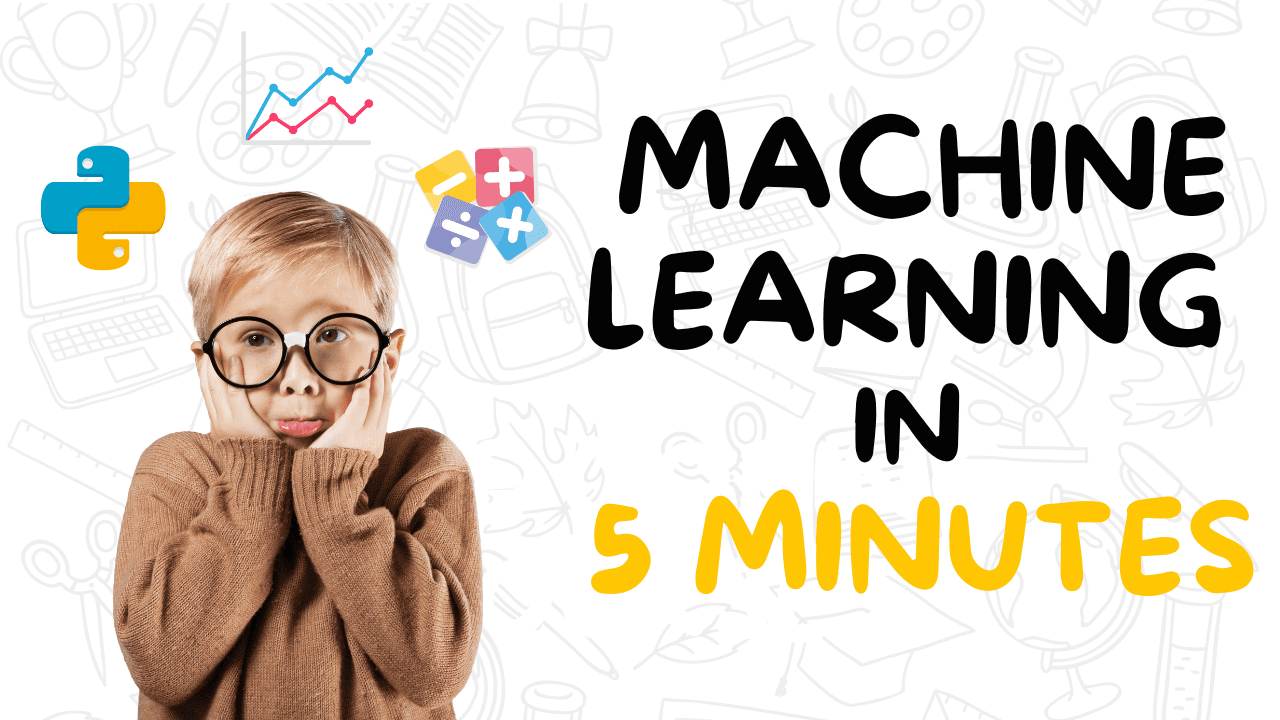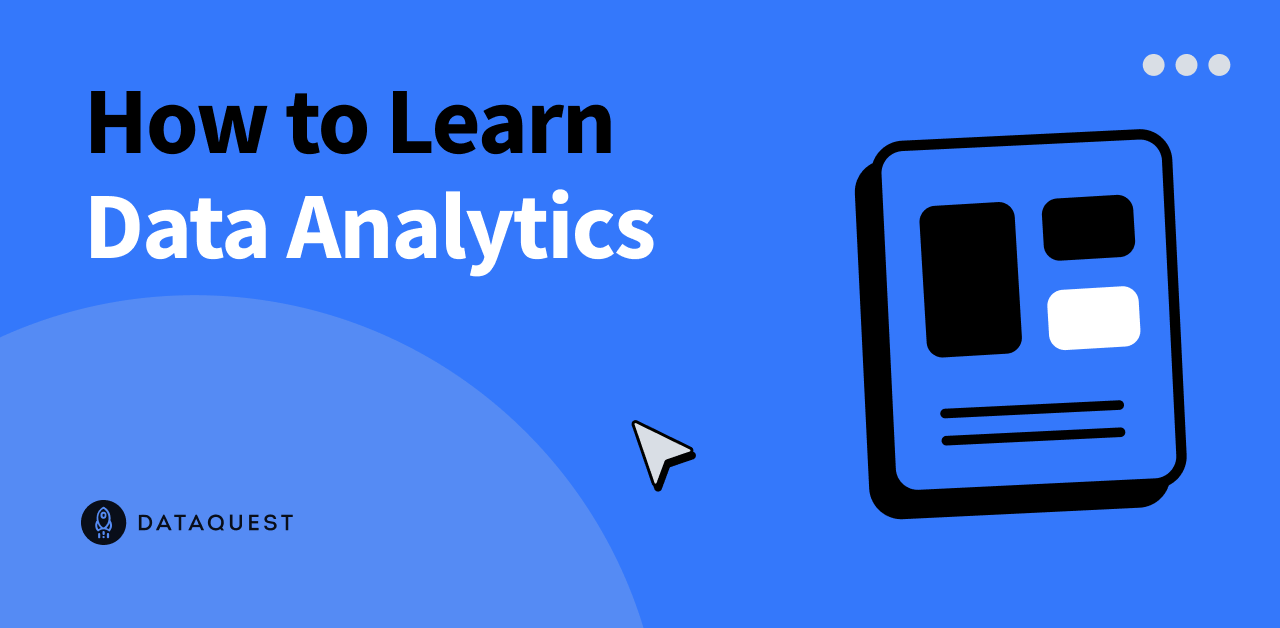Artificial Intelligence (AI) is a rapidly advancing technology that enables machines to perform tasks that typically require human intelligence, such as visual perception, speech recognition, decision-making, and language translation. Its applications span various industries, from healthcare and finance to transportation and marketing. AI has the potential to revolutionize processes by automating repetitive tasks, improving efficiency, and providing valuable insights through data analysis. One significant application of AI in the workplace is in predictive analytics and machine learning algorithms that help businesses make informed decisions based on patterns identified in large datasets. This enables organizations to optimize operations, enhance customer experiences, and drive innovation. Additionally, AI-powered chatbots are becoming increasingly common in customer service roles due to their ability to provide real-time assistance and streamline communication channels. Despite its vast potential benefits for businesses, there are concerns about AI’s impact on employment and skills. The adoption of AI technologies may lead to job displacement as certain tasks become automated; however, it also creates new opportunities for workers to upskill or transition into roles that require more complex human-centric skills like creativity, emotional intelligence, problem-solving, and critical thinking. As the workforce continues to adapt to these changes brought about by AI advancements, it is crucial for individuals and organizations alike to invest in continuous learning and development strategies to stay relevant in an increasingly automated world.
Current Landscape: Automation in various industries
Automation has become a ubiquitous force across various industries, revolutionizing traditional workflows and processes. In manufacturing, robots are increasingly taking over repetitive tasks, boosting efficiency and precision. This shift not only accelerates production but also minimizes human errors, thereby enhancing product quality. Similarly, in the service sector, automated systems like chatbots and virtual assistants are streamlining customer interactions 24/7 without the need for constant human supervision. The healthcare industry is also witnessing a rapid integration of automation technologies to improve patient outcomes and optimize operations. From robotic surgeries to AI-powered diagnostic tools, automation is reshaping how medical professionals deliver care with a focus on precision and speed. Furthermore, in agriculture, autonomous drones equipped with advanced sensors are transforming crop monitoring and management practices, allowing farmers to make data-driven decisions for optimizing yield while conserving resources efficiently. Overall, the current landscape of automation in various sectors reflects a shift towards greater productivity and innovation as organizations leverage technology to streamline processes and enhance overall performance. The challenge lies in adapting to this changing environment by upskilling the workforce to work alongside machines effectively while harnessing the power of automation for improved outcomes in a rapidly evolving global economy.
Employment Trends: Shifts in job market demands
Employment trends have been rapidly evolving due to the rise of automation and artificial intelligence. Traditional job roles are being replaced by technology, leading to a shift in market demands for highly specialized skills. As AI continues to advance, industries such as manufacturing, retail, and customer service are witnessing significant changes in their workforce needs. The demand for data analysts, machine learning engineers, and robotics specialists is on the rise as companies strive to stay competitive in this digital age. Soft skills like creativity, adaptability, and emotional intelligence are becoming increasingly valued alongside technical expertise. To navigate this shifting landscape successfully, workers must be prepared to continually upskill and reskill to meet the demands of the evolving job market.
Skills of the Future: Adaptation and upskilling needed
In a rapidly evolving technological landscape, the skills of the future demand adaptability and continuous upskilling. With artificial intelligence (AI) shaping the future of work, the ability to quickly learn new technologies and processes will be crucial for staying relevant in the job market. Jobs that require routine tasks are increasingly being automated, highlighting the necessity for workers to develop advanced problem-solving and critical thinking skills. Moreover, as AI takes over repetitive tasks, there is a growing emphasis on uniquely human skills such as creativity, emotional intelligence, and empathy. These soft skills are difficult to automate and will be highly valued in professions that require complex decision-making and interaction with others. To thrive in this new paradigm of work, individuals need to embrace lifelong learning, adapt to changing environments, and cultivate a growth mindset that is open to acquiring new knowledge and skills continuously.
Challenges Ahead: Addressing potential job displacement
As technology continues to advance at a rapid pace, the potential for job displacement looms larger than ever before. While AI and automation have the ability to improve efficiency and productivity in various industries, they also pose a significant threat to traditional job roles. The challenge ahead lies in addressing the impact of these technologies on employment opportunities and ensuring that individuals are equipped with the necessary skills to thrive in this evolving landscape. One key issue that must be tackled is the retraining and upskilling of workers whose jobs may be at risk of being displaced by AI. This requires a concerted effort from governments, educational institutions, and businesses to provide accessible training programs that can equip individuals with new skill sets needed for emerging roles. Additionally, there is a need for proactive measures to anticipate future job trends and prepare workers accordingly. Failure to address these challenges could lead to widespread unemployment and economic instability in the long run.
Opportunities for Growth: New roles and industries emerging
As artificial intelligence continues to advance, new roles and industries are emerging at a rapid pace. One such sector is that of data science and analytics, where professionals are needed to make sense of the vast amounts of data generated by AI systems. In this field, individuals with strong analytical skills and the ability to derive actionable insights from data will be in high demand. Another growing area is that of virtual reality (VR) and augmented reality (AR), which have applications across various industries such as healthcare, education, and entertainment. As these technologies become more mainstream, there will be a need for skilled developers, designers, and content creators to build immersive experiences for users. The rise of remote work also presents opportunities for growth in fields such as virtual event management and online training facilitation. Overall, the future of work holds exciting possibilities for those willing to adapt and embrace new roles in emerging industries.
Conclusion: Balancing AI benefits with workforce implications.
As organizations strive to harness the benefits of AI technology, it is crucial to proactively address the implications for the workforce. While AI can enhance efficiency and productivity, its widespread adoption raises concerns about job displacement and skill gaps. To strike a balance, businesses must invest in upskilling their workforce to adapt to the changing landscape. Moreover, fostering a culture of continuous learning and innovation can empower employees to leverage AI tools effectively. One key consideration is the need for collaboration between humans and machines in the workplace. By integrating AI systems with human expertise, organizations can unlock new opportunities for creativity and problem-solving. Rather than viewing AI as a threat to jobs, embracing it as a complement to human capabilities can lead to improved outcomes and enhanced decision-making processes. Ultimately, finding harmony between AI benefits and workforce implications requires proactive planning, strategic investments in training programs, and a forward-thinking approach towards utilizing technology for mutual advancement.
The post The Future of Work: AI’s Impact on Employment and Skills appeared first on Datafloq.






















